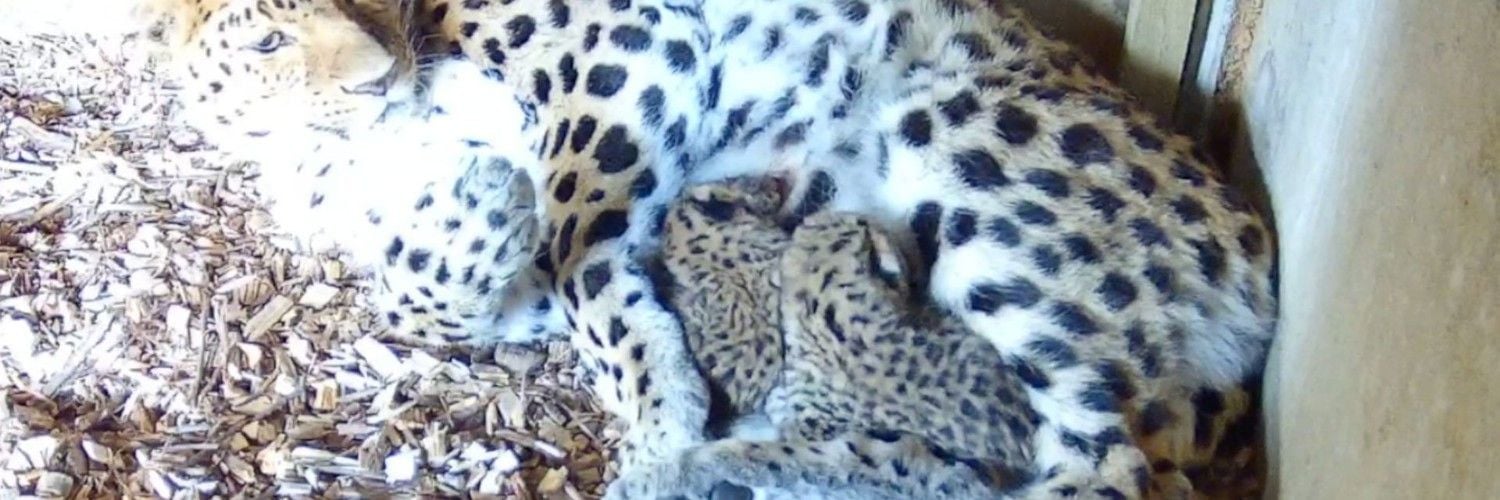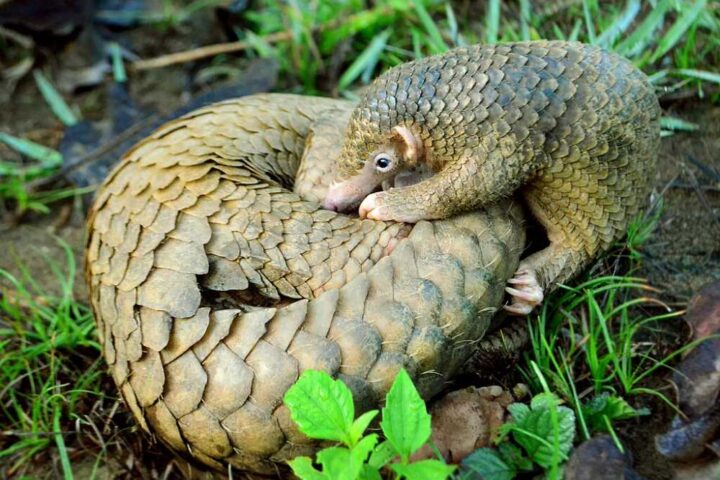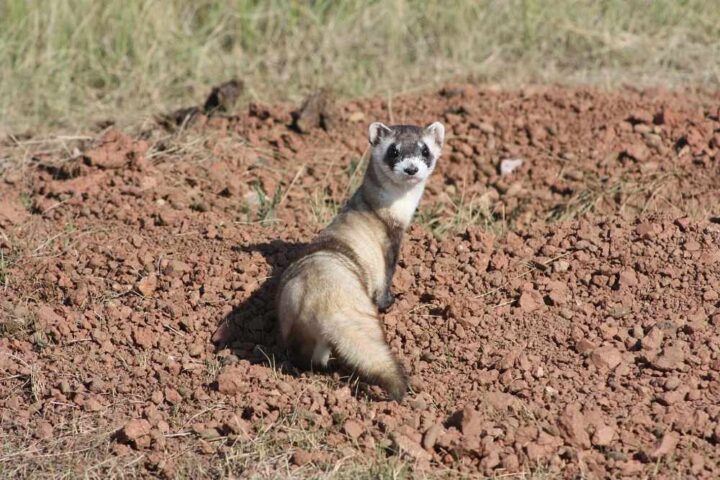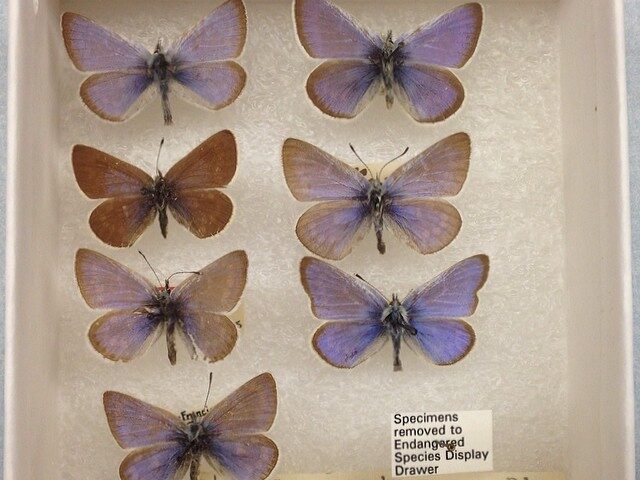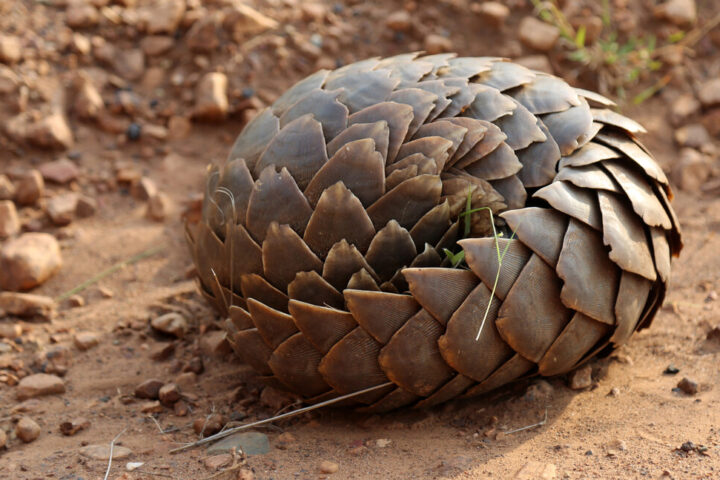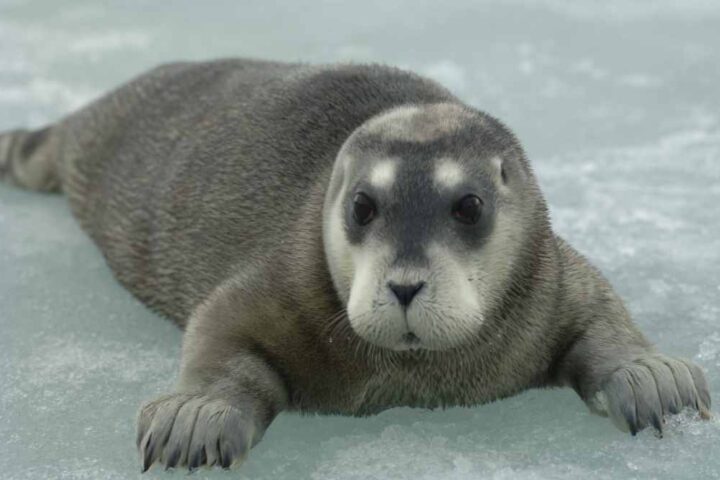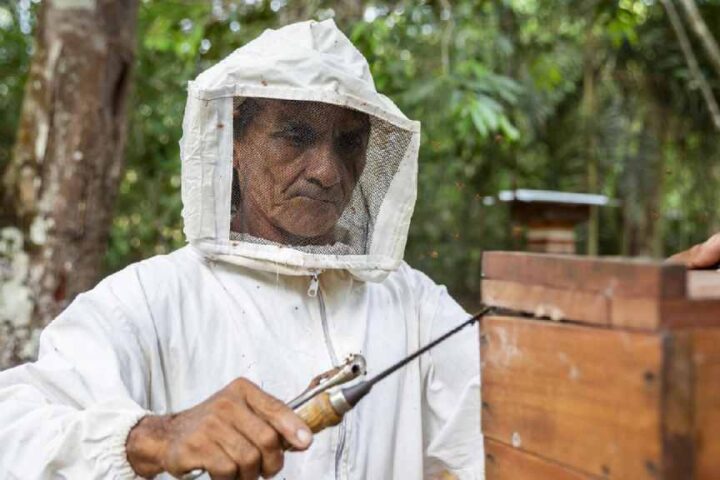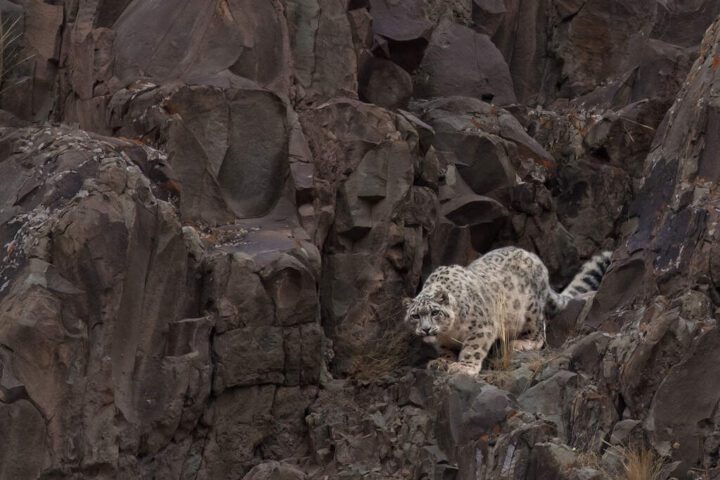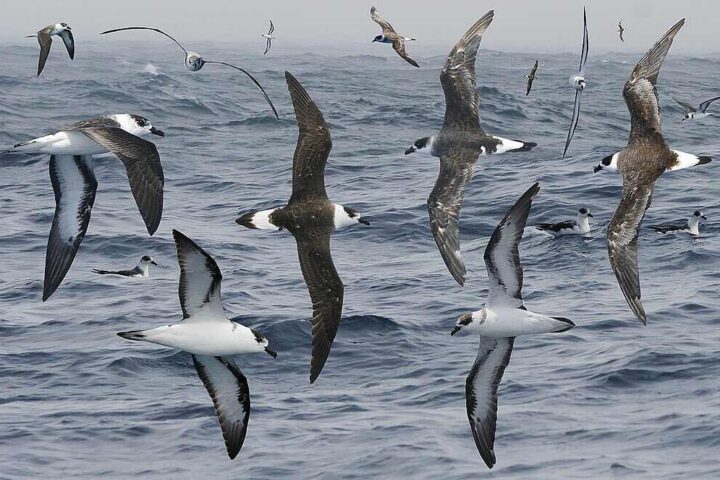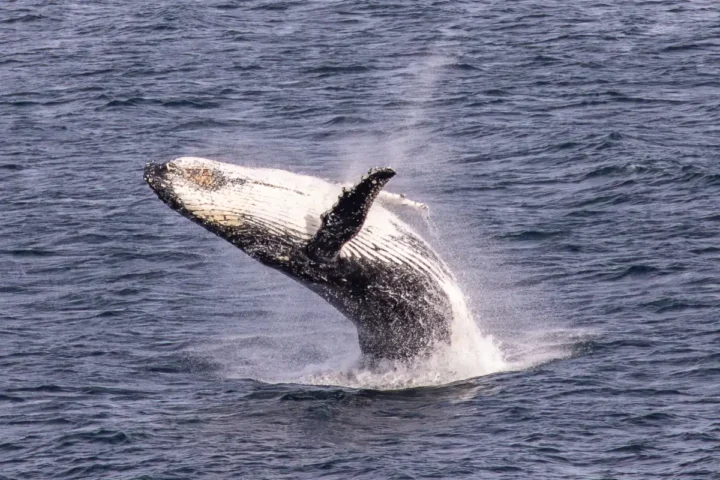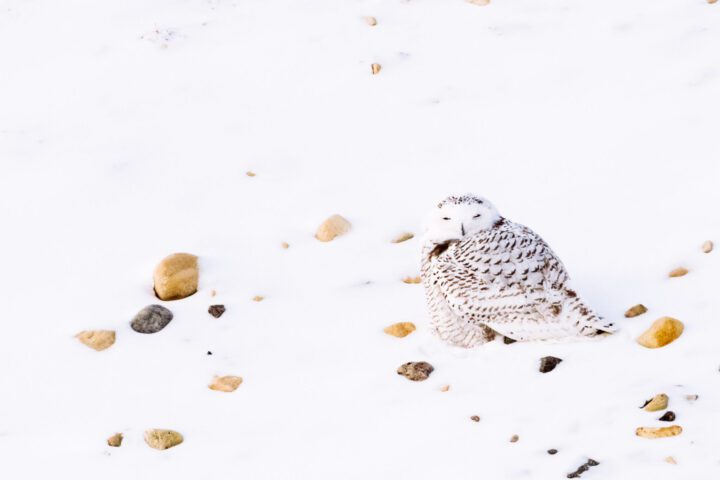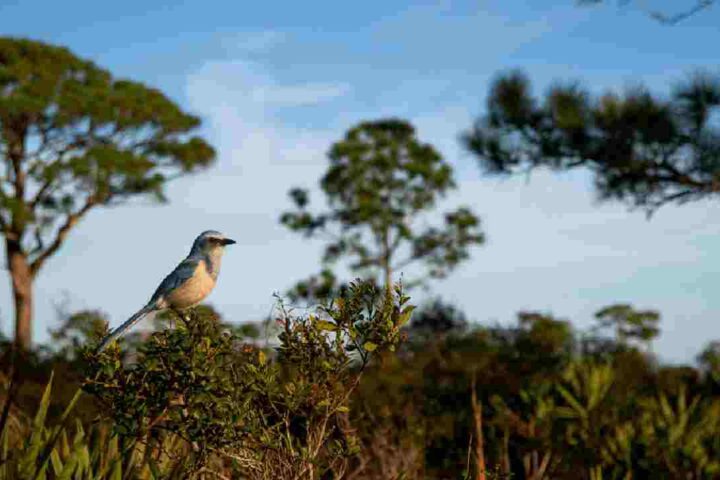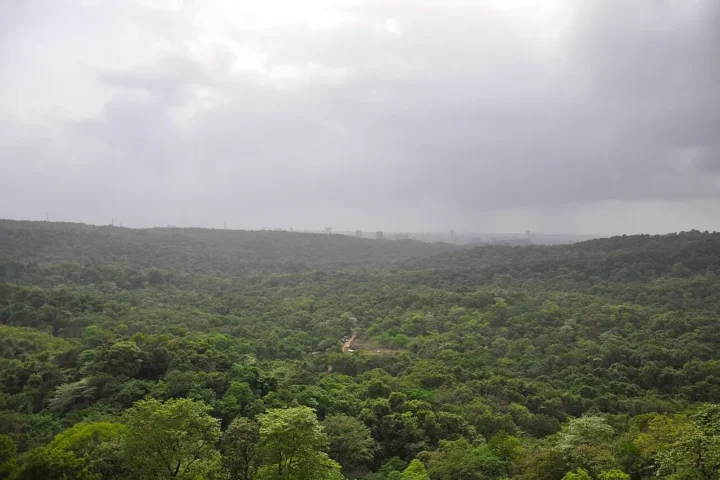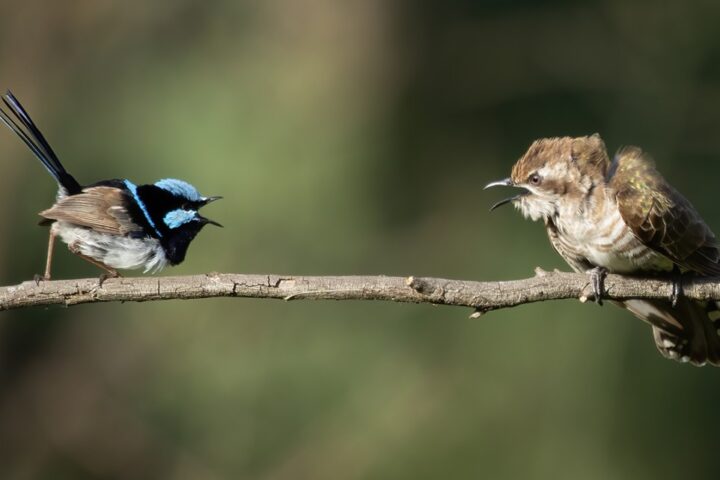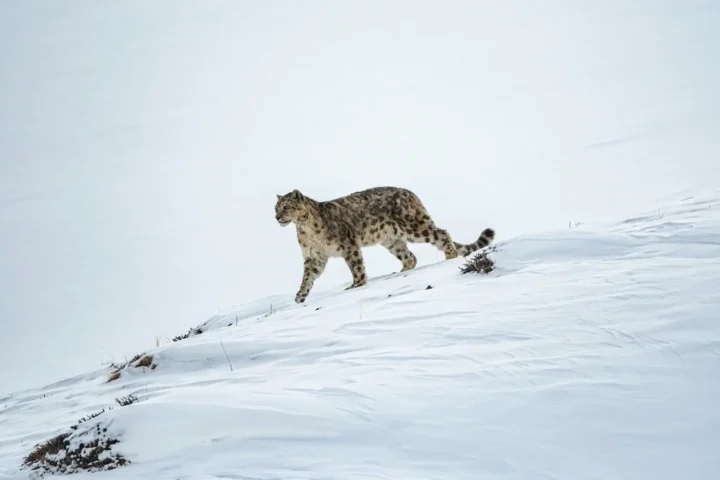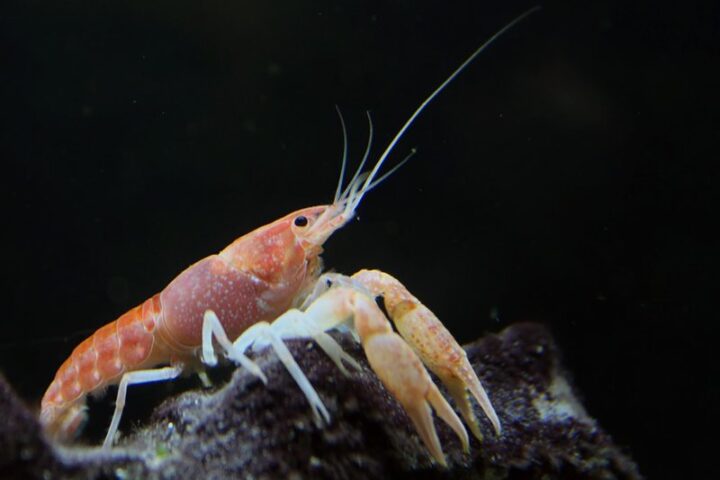The 13-year-old leopard Kristen delivered her cubs last week and is now spending all her time caring for her newborns. These babies are just the second and third Amur leopards to be born anywhere in the world this year.
In the wild, the population has dwindled to below 100 individuals in the woodland regions of Russia and China, making Amur leopards the most endangered big cat species globally. Data indicates that merely six additional Amur leopard births were recorded worldwide during the previous 12 months.
“The two new cubs are significant symbols of hope for the species, especially so soon after the arrival of Auckley,” said Dr. Charlotte MacDonald, Animal Director at Yorkshire Wildlife Park.
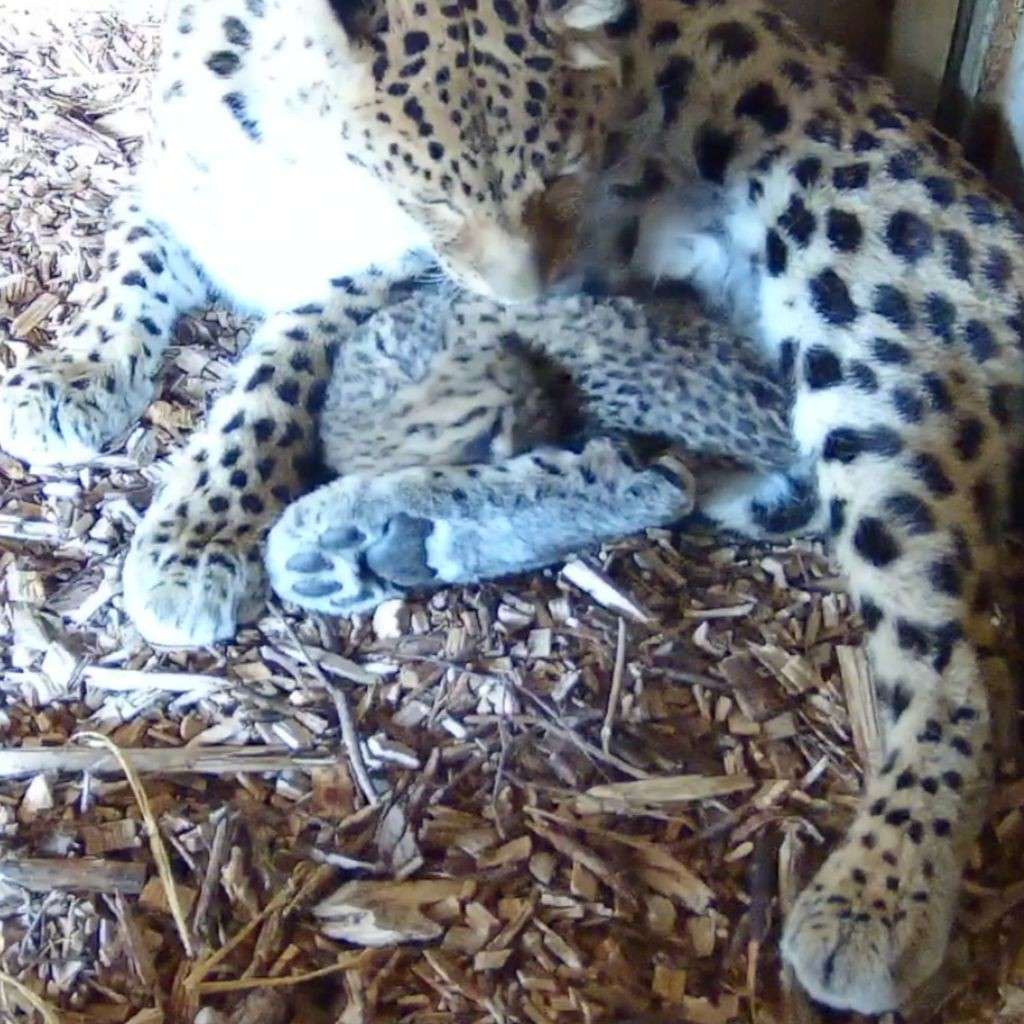
Dr. MacDonald noted that Kristen is “proving again to be a great mum” and that the cubs are under constant supervision. The newborns weigh between 2-3 kilograms and will spend their first two months in the den at Leopard Heights.
The facility, recognized as the world’s largest Amur leopard enclosure, features a main viewing area for visitors plus two quiet nursery reserves where the cubs will begin exploring at around two months old. This design has played a key role in the park’s breeding success.
Similar Posts
Visitors will be able to see the cubs via live camera feed displayed on screens at the park. When older, the cubs will have access to an exhibit featuring an 8-meter tall tower with a 100-square-meter viewing platform.
Born in the Czech Republic, Kristen joined Yorkshire Wildlife Park in 2022. She has birthed three previous litters, with Auckley from her latest birth being the sole Amur leopard cub born across Europe throughout 2023.
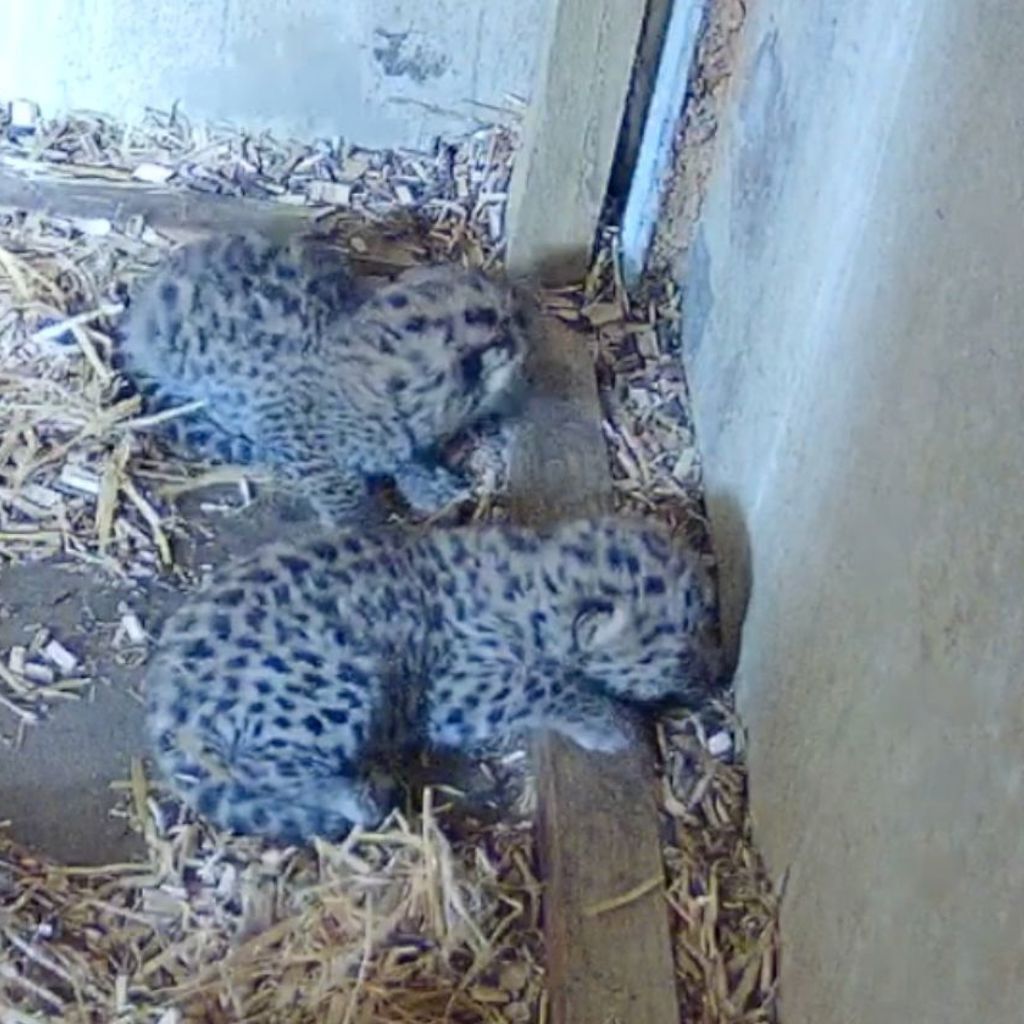
These births occurred just days before International Leopard Day, a significant event dedicated to raising public awareness about conservation challenges facing leopard species worldwide.
The Wildlife Foundation charity based at the park supports conservation efforts for these vulnerable cats, working with organizations like the WildCats Conservation Alliance to promote breeding programs, population monitoring, and habitat protection.
Wild Amur leopards face multiple threats including poaching for their spotted fur, habitat destruction from logging, forest fires, and declining prey populations. Conservation efforts have helped increase their numbers from as few as 30 individuals in the 1970s to around 100 today.
Successful breeding in captivity provides crucial genetic diversity for potential future reintroduction efforts. Looking forward, breeding initiatives such as the one at Yorkshire Wildlife Park aim to eventually return captive-bred Amur leopards to protected sections of their original habitat.
Collaboration between countries has become a crucial element in saving Amur leopards from extinction. A recent joint study between Russian and Chinese researchers estimated the total wild population at approximately 84 individuals across both countries.
For those unfamiliar with these rare cats, Amur leopards can run at speeds up to 37 miles per hour and leap more than 19 feet horizontally.
